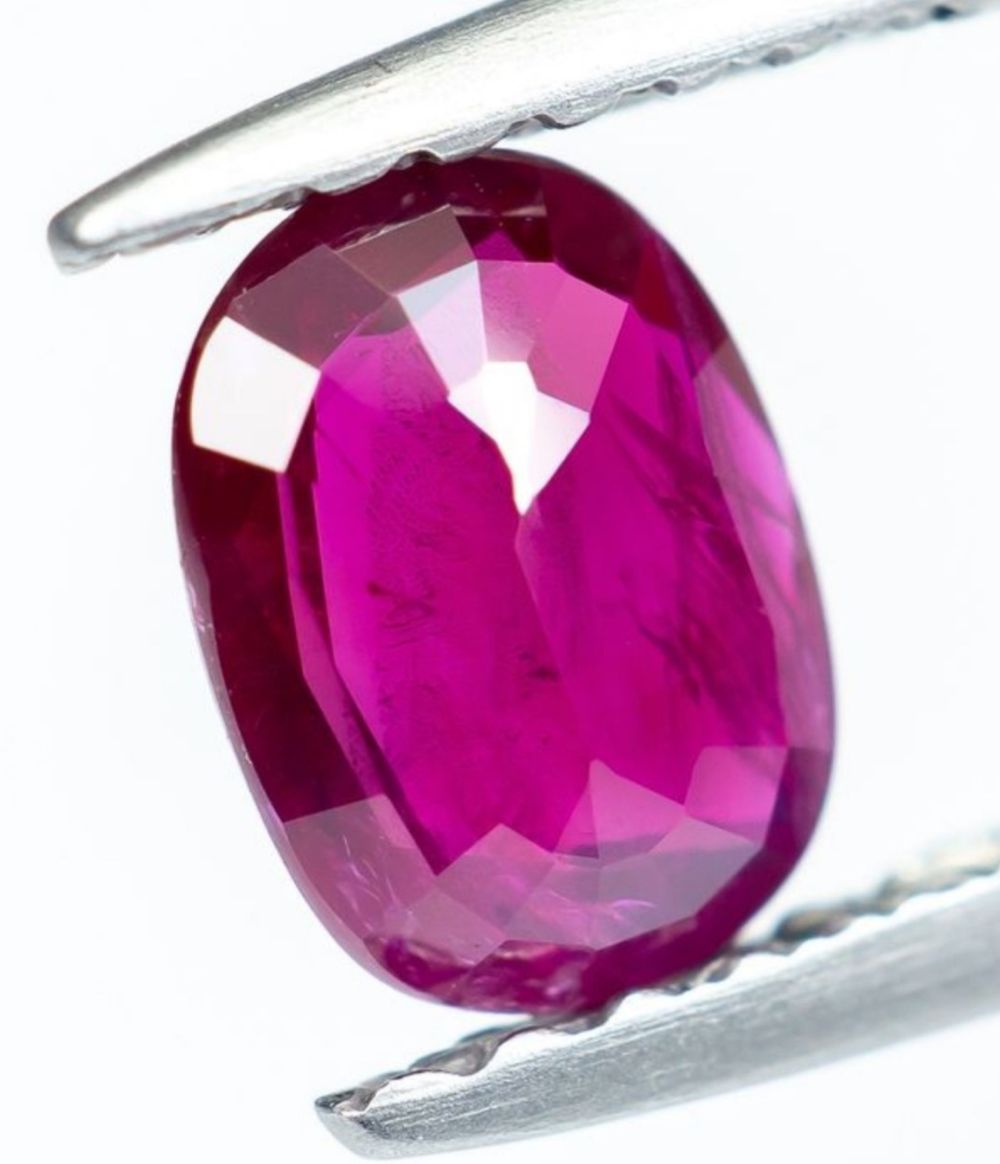


One of the largest and most famous diamonds is the 'Mountain of Light' or Koh-i-noor. Originating from India, the gem is currently set in the British crown. It weighs a dizzying 105 carats and has a remarkable and exciting story that could form the basis of a TV series script.
Early history of the gem
The earliest history of Koh-i-noor is not precisely known – it is likely that the diamond was found in a Kollur mine during the period of the Delhi Sultanate. The first chronicle mention of the diamond being owned by Raja Malwa dates back only to 1304. The next mention of the stone was in 1526 by the founder of the Great Mogul dynasty, Baburnam Babur. He was to receive the stone as a tribute for his victory at the Battle of Panipat. The beauty of the stone has always mesmerized its owners – one of Babur's descendants, the Mogul Emperor Shahajan, placed the Koh-i-noor in his throne. By the late 1750s, the diamond was in the possession of Shahajan's son Aurangzeb. It was then that Koh-i-noor was damaged in a careless attempt to remove the stone from his throne.
The turbulent history of the legendary Koh-i-noor
The diamond as a war trophy came into the hands of Nadir Shah in 1739, after the conquest of Delhi. However, it did not happen immediately – Nadir Shah in the war contribution did not initially receive the stone, which was left with the defeated ruler of Delhi. The defeated man hid the miracle diamond in his turban, but Nadir Shah found a way to receive the gem. Taking advantage of the custom that directed the victor to invite the vanquished to a feast, Nadir Shah lured the vanquished. As a sign of peace, he exchanged turbans with him, thus finally succeeding in gaining possession of the legendary Koh-i-noor.
Nadir Shah, however, did not enjoy the beautiful diamond for long – he was assassinated in 1747 and the stone passed into the hands of his descendants, who in turn handed over the gem in the early 1850s to Ahmad Shah Durrani, who later became the Shah of Afghanistan. Ahmad Shah Dudarni was deposed in the early 19th century and fled to present-day Pakistan, where he was granted asylum by Ranjit Singh, the Sikh ruler. However, this was not a reflex of the heart on Singh's part – in return for giving Durrami refuge, Ranjit Singh wanted a huge diamond. Singh ordered the incredible gem to be framed in his turban, which he wore on special occasions.
A European chapter in the history of the diamond
After the Maharaja's death in 1839, the stone was the subject of much dispute. Eventually Koh-i-noor ended up in British hands – in 1850, following the Sipai uprising, it was confiscated by the British East India Company and donated to Queen Victoria for the 250th anniversary of the said Company. Since the gift of the stone to Queen Victoria, the Koh-i-noor has been continuously in Britain. In 1911, the diamond was set in Queen Mary's crown, and since 1937 it has been part of the royal crown of Queen Elizabeth the Queen-Mother. It is stored in the Tower of London.